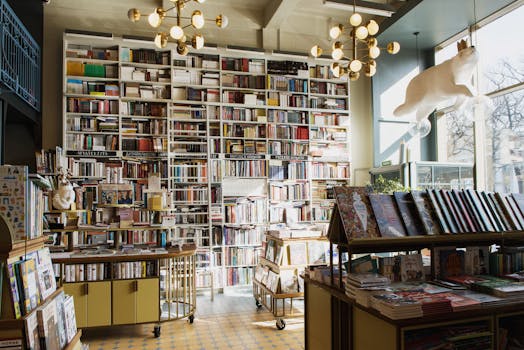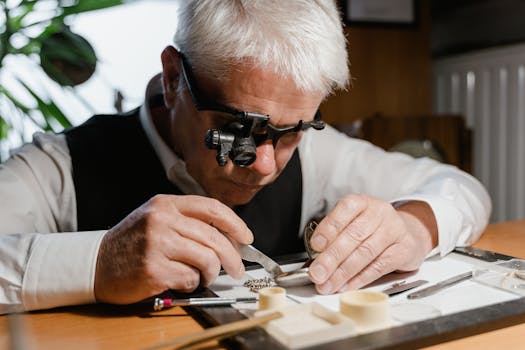Urban Green Spaces: The Future of Outdoor Living in European Cities by 2025
Introduction to Urban Green Spaces
Urban Green Spaces are becoming increasingly important in European cities as they provide a range of benefits for residents, including improved air quality, reduced noise pollution, and enhanced mental health. The focus keyword Urban Green Spaces will be a key aspect of urban planning in the future. By 2025, it is expected that urban green spaces will play a vital role in shaping the future of outdoor living in European cities.
The Benefits of Urban Green Spaces
There are numerous benefits associated with urban green spaces, including:
- Improved air quality: Urban green spaces help to absorb pollutants and particulate matter, improving air quality and reducing the risk of respiratory problems.
- Reduced noise pollution: Urban green spaces can act as a buffer against noise pollution, creating a more peaceful environment for residents.
- Enhanced mental health: Spending time in urban green spaces has been shown to have a positive impact on mental health, reducing stress and anxiety.
- Increased biodiversity: Urban green spaces provide a habitat for a range of plant and animal species, increasing biodiversity and supporting local ecosystems.
European Cities Leading the Way
Several European cities are leading the way in terms of urban green spaces, including:
- Stockholm, Sweden: Stockholm has implemented a range of initiatives to increase urban green spaces, including the creation of rooftop gardens and green roofs.
- Copenhagen, Denmark: Copenhagen has invested heavily in urban green spaces, including the creation of parks, gardens, and green corridors.
- Barcelona, Spain: Barcelona has implemented a range of initiatives to increase urban green spaces, including the creation of green roofs and walls.
Challenges and Opportunities
While there are many benefits associated with urban green spaces, there are also challenges and opportunities to consider:
- Funding: Creating and maintaining urban green spaces can be expensive, requiring significant investment from local authorities.
- Space: Finding space for urban green spaces can be a challenge, particularly in densely populated cities.
- Community engagement: Engaging local communities in the planning and maintenance of urban green spaces is crucial to their success.
Conclusion
In conclusion, urban green spaces will play a vital role in shaping the future of outdoor living in European cities by 2025. With their numerous benefits, including improved air quality, reduced noise pollution, and enhanced mental health, it is clear that urban green spaces are an essential aspect of urban planning. As cities continue to evolve and grow, it is essential that urban green spaces are prioritized, providing a sustainable and healthy environment for residents to enjoy.






